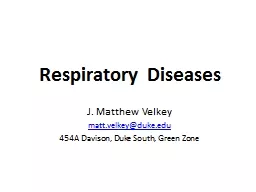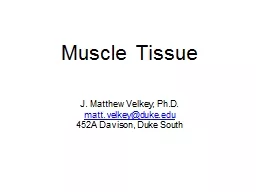PPT-J. Matthew Velkey, PhD Department of Cell Biology
Author : min-jolicoeur | Published Date : 2020-04-03
Duke University School of Medicine Andrew Alspaugh MD Department of Medicine Infectious Disease Division Duke University School of Medicine Pneumonia Pathophysiology
Presentation Embed Code
Download Presentation
Download Presentation The PPT/PDF document " J. Matthew Velkey, PhD Department of Ce..." is the property of its rightful owner. Permission is granted to download and print the materials on this website for personal, non-commercial use only, and to display it on your personal computer provided you do not modify the materials and that you retain all copyright notices contained in the materials. By downloading content from our website, you accept the terms of this agreement.
J. Matthew Velkey, PhD Department of Cell Biology: Transcript
Download Rules Of Document
" J. Matthew Velkey, PhD Department of Cell Biology"The content belongs to its owner. You may download and print it for personal use, without modification, and keep all copyright notices. By downloading, you agree to these terms.
Related Documents














